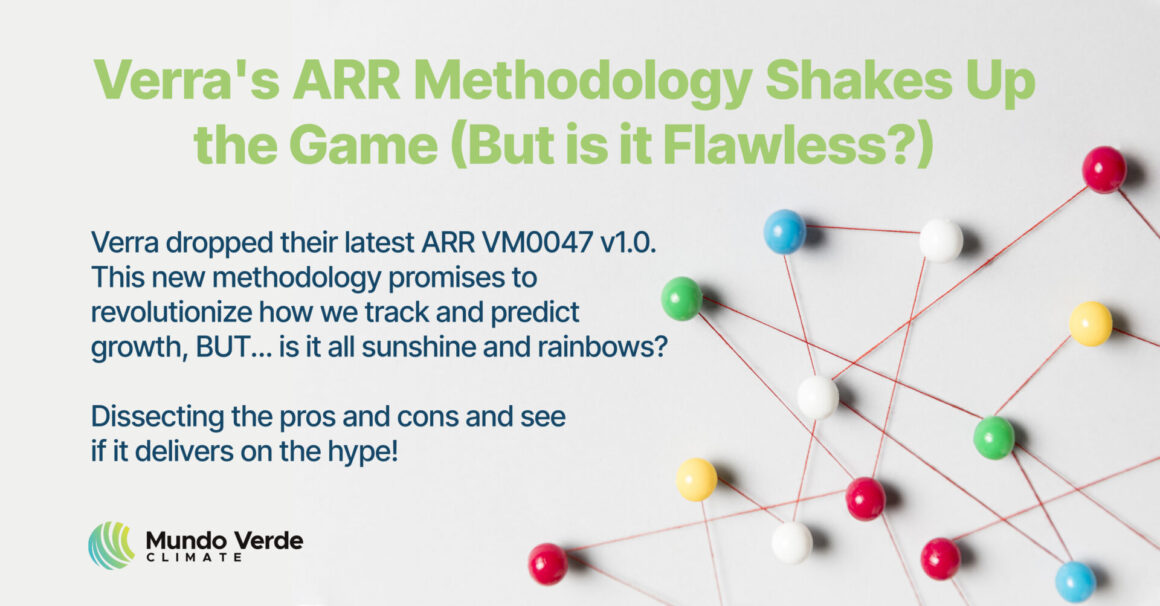Verra released a new methodology (VM0047 v1.0) in September 2023 shaking things up in the ARR world.
Dynamic Baselines: A Big Win!
One of the most exciting features of the new methodology is the use of dynamic baselines. This means that instead of relying on static predictions of what would have happened without the project, the methodology compares the project area with similar land areas in real time. This allows for fairer additionality checks and more accurate carbon accounting.
Area-based vs. Census-based: Choose Your Approach
The methodology offers two options for measuring carbon stocks: area-based and census-based. The area-based approach uses remote sensing data to estimate the carbon density of the project area and the control areas. The census-based approach uses field plots to measure the carbon stocks of the project area and a sample of the control areas.
Additionality Concerns: Close the Loopholes
While we like the algorithmic approach of the dynamic area-based method, we have some concerns about the potential loopholes that could undermine the additionality of the projects. For example, the methodology does not prevent projects from planting trees after clearcutting or converting natural forests to plantations.
Carbon Stocks: LiDAR Technology Could Be a Game-Changer
The methodology relies on traditional field plots to measure the carbon stocks of the project area and the control areas. This is a reliable method, but it can also be costly, time-consuming, and prone to errors. We believe that incorporating LiDAR technology could improve the cost-efficiency and monitoring of the projects.
Control Areas: More Factors and Uncertainty Calculations Needed
The methodology uses five factors to match the project area with the control areas: land cover, climate, soil, population density, and distance. These factors are important, but we believe they are not enough to ensure robust comparisons.
Remote Sensing: Standardized and Transparent Data Needed
The methodology does not specify any requirements or guidelines for the remote sensing data used to estimate the carbon density of the project area and the control areas. This raises concerns about the data quality and potential discrepancies among different sources and methods.
Native Species: A Requirement for Ecological Integrity
We applaud the methodology’s focus on ecological integrity, which is the maintenance of the natural processes and functions of the ecosystems. However, we believe that a requirement for native species plantations (mixed or majority) would significantly strengthen the additionality and co-benefits of the projects. Native species are better adapted to the local conditions.
What do you think of the new methodology? Let us know in the comments!

